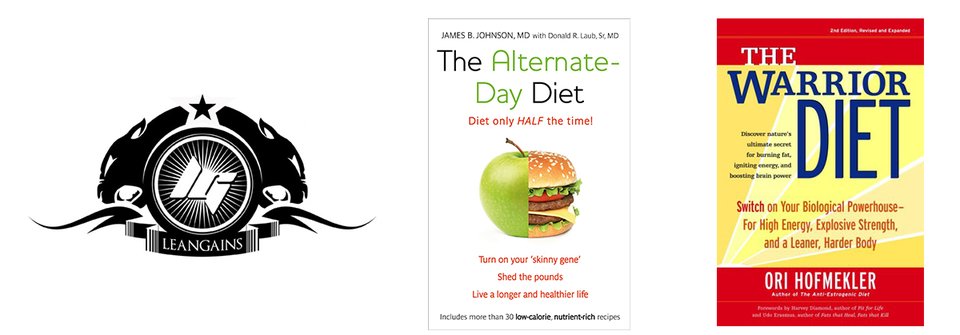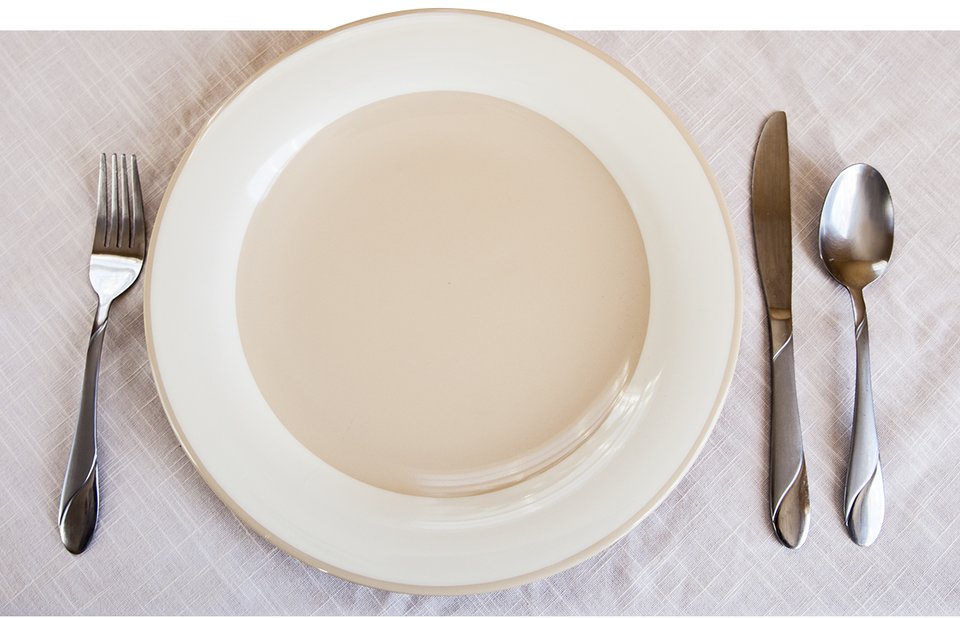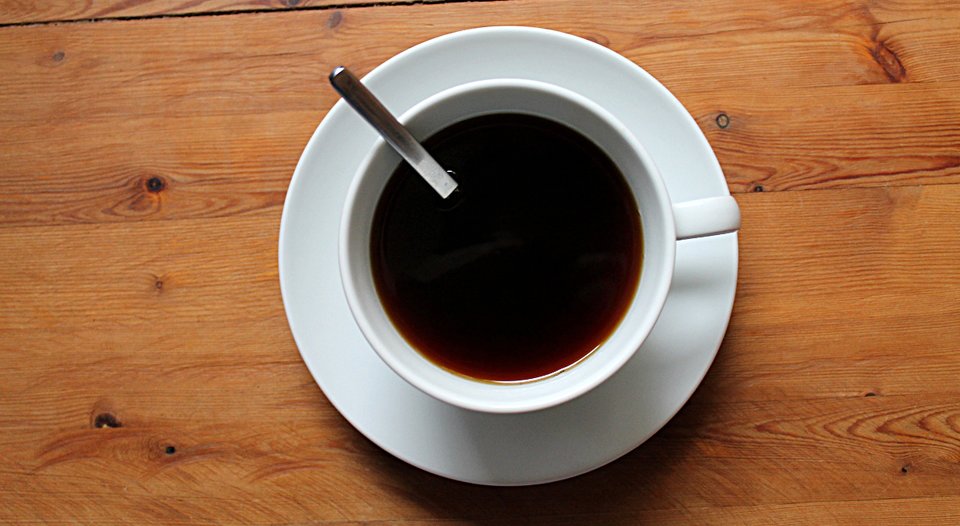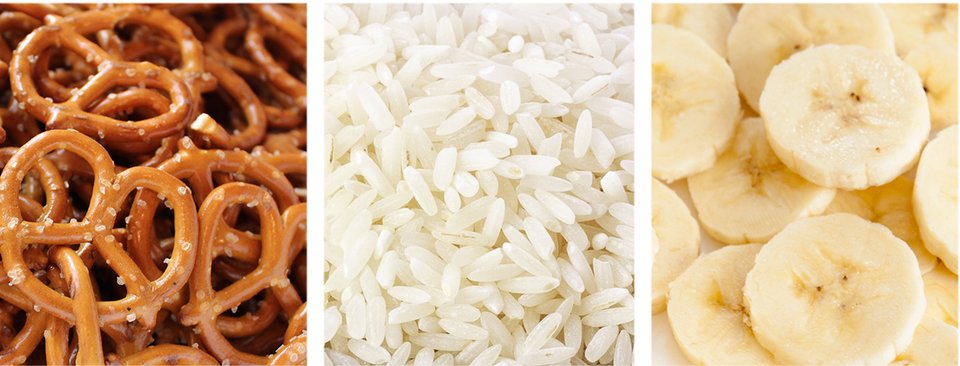Let's face it: Not many people like the idea of dieting. So the thought of only having to stick to a diet part of the day, or even every other day, can seem quite attractive. After all, knowing we can stuff our faces with donuts, pizza, and cake tomorrow makes struggling through a bland diet of chicken and broccoli a little more bearable.
As glorious as this sounds, there has to be a downside, right? In the case of intermittent fasting (IF), the "diet" actually refers to periods of fasting, meaning you are restricted to eating very little—or nothing at all—for periods of time lasting anywhere from 16-24 hours. It may sound a little crazy, but intermittent fasting has been suggested as an effective weight loss tool, with research supporting its ability to increase fat oxidation, reduce body weight, and accelerate fat loss.[1,2]
The central idea behind the implementation of intermittent fasting is to reduce overall calorie consumption, ideally resulting in weight loss. Typically, IF protocols will have the individual undergo a period of intentional severe calorie restriction (ranging from 0-25 percent of the individual's normal daily caloric intake) for a period of 16-24 hours. Following the restrictive phase, the individual returns to relatively normal energy intake for 8-24 hours, depending on which version of IF they are following.
Following the restrictive phase, the individual returns to relatively normal energy intake for 8-24 hours, depending on which version of IF program they are following.
Which Version Is Right For You?
There are several different intermittent fasting plans, and at first glance it may be a little overwhelming trying to figure out which plan is optimal for you. While I can't tell you which one will work best, I can give you details for the more popular diets.
This list is by no means comprehensive. Just make sure that when your selecting an IF protocol, be sure to select something that works best for your schedule.
3 Popular Intermittent Fasting Plans
Lean Gains
Originally created by Martin Berkhan, the central ideas behind the Lean Gains dieting program involve restricting calorie consumption for a period of 16 hours, followed by 8 hours of eating. Although it may be tempting to imitate top-ranked competitive eater Joey "Jaws" Chestnut during the calorie-consumption phase, Berkhan suggests aiming for a higher protein intake on workout days and prioritizing carbohydrates over fat. Rest days should be lower calorie than training days, continuing the high protein intake but flipping fat and carbohydrate intake.
The Alternate-Day Diet
Created by James Johnson, M.D., the Alternate-Day Diet, also known as the UpDayDownDay Diet®, follows a 24-hour rotation of low-calorie intake and normal-calorie intake. It's thought that the alternating days of caloric intake help to activate the SIRT1 gene, which assists with weight loss by inhibiting fat storage and increasing fat metabolism—in mice, anyway. You're advised to use moderation on the regular-calorie-consumption days so you don't end up looking like the Michelin Man on Thanksgiving.
The Warrior Diet
The Warrior Diet, written by Ori Hofmekler, is another IF protocol. As described by the author, the diet pairs a 20-hour fast with a 4-hour feeding window. The goal of the fast is to increase the actions of the Sympathetic Nervous System—commonly known as fight-or-flight—which may help to stimulate lipolysis and increase metabolic rate.[3]
The feeding window is used to increase the activity of the Parasympathetic Nervous System (or the Rest-and-Digest system), which will help increase the absorption of glucose and assist with recovery.[4]

Physiological And Psychological Effects Of Intermittent Fasting
In a fed state, the human body uses insulin to bring glucose into cells to manufacture energy. During periods of fasting, when food is absent, the body's level of blood glucose significantly decreases. This lowers insulin release, resulting in increased fatty acid oxidation. Since IF may decrease both glucose and insulin levels, the body could potentially use stored fat as fuel.[5,6]
So during short periods of extremely low calorie intake, we get increased fat burn. Perfect, right? Not so fast. One short-term fasting study, covering 15-30 hours, demonstrated an increased rate of protein breakdown.[7] The absolute last thing that most bodybuilders and serious gym rats want is to lose any of the hard-earned muscle they've lost blood, sweat, and tears over! Don't ditch the diet yet, though. Stay tuned for specific supplements to help combat this and increase protein synthesis for maximal muscle growth.
IF And Body Composition
Currently there is a lack of research literature evaluating the effects of intermittent fasting on body composition in people who aren't overweight. However, it makes sense that calorie restriction via IF might be as effective as continuous restriction—the most common dieting format—so long as a similar energy deficit is achieved.

It makes sense that calorie restriction via if might be as effective as continuous restriction—the most common dieting format—so long as a similar energy deficit is achieved.
So among the overweight and obese, IF is as effective as continuous energy restriction.[8] However, purposeful fasting of 20 hours or more, lasting only two weeks, may invoke a starvation-related decrease in resting metabolic rate.[9] A decreased metabolic rate may slow down the weight-loss train and quickly derail your cut. More on this in the section aimed at optimizing your IF plan.
A decreased metabolic rate may slow down the weight-loss train and quickly de-rail your cut. More on this in the section aimed at optimizing your IF plan.
The Effects Of Intermittent Fasting On Performance
Previous research has demonstrated that IF may have slightly negative effects on aerobic and anaerobic measures, such as running and jump power.[10] Additionally, fasted athletes may experience higher levels of fatigue during training, but this does not necessarily mean a decrease in performance or strength.[11,12]
The Effects Of Intermittent Fasting On Emotional Status
Think that restricting calories will ultimately lead you to a destructive binge-eating episode? Think again. Participants following an IF diet, combined with endurance exercise, have been shown to decrease emotional eating and increase their restrictive eating.[13]

Participants who followed a 75 percent calorie reduction and were completing 25 minutes of moderate-intensity cardio three times per week were significantly less likely to cheat on their diet than if they were not following if.
More easily translated, participants who followed a 75 percent calorie reduction and were completing 25 minutes of moderate-intensity cardio three times per week were significantly less likely to cheat on their diet than if they were not following IF!
Specific Supplementation Strategy For IF
So now that you've got the science down, let's look at the best way to not only achieve your goals, but to also optimize and thrive while on the IF diet! In order to maximize your exercise performance, it may be best to train immediately prior to breaking your daily fast. This will allow the following strategies to optimize recovery and protein synthesis, and replenish energy stores.
During The Day
Branched-Chain Amino Acids (BCAAs)
Few human trials have been done, but we can safely estimate that when following an IF diet, sipping on BCAAs throughout the day may help increase protein synthesis. This will help balance out some of the protein breakdown that may occur from fasting as discussed earlier.[14]
Pre-Workout
Caffeine

Not only does a little bit of caffeine before your lift help get you fired up, but a dose of 1-3 milligrams per pound of body weight has been demonstrated to significantly increase upper-body strength![15]
Epigallocatechin-3-Gallate (EGCG)
Because one of the primary goals of intermittent fasting is increased fat loss, one of your goals with supplementation should be to increase lipolysis (breakdown of stored fat, i.e. triglycerides) and fatty acid oxidation (use of fatty acids for energy). EGCG, when combined with caffeine, has been demonstrated to lead to significant increases in fatty acid oxidation and increased metabolic rate.[16]
This combination may work synergistically to promote fat loss while minimizing any decreases in metabolic rate observed during periods of prolonged fasting. Dosing of EGCG should be approximately 150 mg per day to increase lipolysis.[17] However, it may just be easier to ingest approximately 500-1000 mg of green tea extract, with at least 30 percent EGCG.
Beta-Alanine
Beta-alanine supplementation has been found to increase work capacity by decreasing fatigue associated with buildup of metabolites (e.g., hydrogen ions). This supplement works by increasing the amount of carnosine, an intracellular buffer, stored in the body.[18] This buffer reduces the level of acidity in the blood, allowing for improved high-intensity exercise performance! The effective dose for beta-alanine is between 3.2 g to 6.4 g per day. In order to avoid flushing or tingling of the skin, try splitting the dosage into 2-3 smaller servings per day.
Essential Amino Acids And Carbohydrates
Research has demonstrated that consuming 6 g of essential amino acids (EAA), in addition to 35 g of sucrose, immediately prior to resistance exercise significantly increased protein synthesis due to increased influx of EAAs to the active muscle.[19] In other words, slam about 100 g of dried dates and some EAA right before hitting the iron to maximize your muscle gains.
During Your Workout
BCAAs
While there is limited research evaluating the use of BCAAs during resistance training, they seem to work in two ways: helping to avoid decreases in protein breakdown, resulting in an enhanced recovery; and decreasing central fatigue by decreasing the ratio of free tryptophan to BCAA present in the blood.[20]

For dosing, it is best to have at least 7 g of BCAAs with 3.5 g leucine, 1.75 g isoleucine and 1.75 g valine in a 2:1:1 ratio.[21,22]
Post-Workout
Protein
Protein consumption following a bout of resistance training may lead to increased protein synthesis rates.[23] When 6 g of EAA is combined with 35 g carbohydrate, increases in protein synthesis up to 400 percent have been observed.[24]
Additionally, 15 g of whey protein consumed immediately prior to, and then immediately following, weight training has demonstrated significant increases in protein synthesis.[25] We recommend consuming 20-25 g of a fast-digesting protein (i.e., whey) immediately post-workout to jump-start the anabolic process.
Carbohydrates
After resistance-training exercise, carbohydrate ingestion (0.5 g per pound of body weight), independent of protein, has been demonstrated to lead to decreases in muscle-protein catabolism, with small increases in protein synthesis.[26] Consuming carbs post-workout will also help restore glycogen levels.

If you prefer to snack on actual foods, stick to moderate- to high-glycemic index foods, such as pretzels, white rice, bananas, and potatoes.
If you opt for a post-workout shake, try to find one that contains dextrose, as it has been shown to restore glycogen at a faster rate than maltodextrin. If you prefer to snack on actual foods, stick with moderate- to high-glycemic-index foods, such as pretzels, white rice, bananas, and potatoes.
Creatine
Creatine supplementation of 3-5 g per day leads to significant increases in lean body mass, power output, strength, and muscle-fiber size. A recent study found that adding creatine into your post-workout routine may be superior to pre-workout ingestion for body composition and strength gains.[27]
Glutamine
An increase in exercise duration, intensity, and frequency profoundly effects serum glutamine levels, and has been associated with declines in immune function.[28] While not much research exists on prevention of immune compromise and overtraining in bodybuilders and weekend warriors, oral glutamine supplementation has been found to have a significant impact on prevention of sickness—one of the number one signs of the dreaded overtraining syndrome.[29]
Dosing guidelines: 10 gram per day of L-glutamine divided into two 5-gram doses. Consume one dose immediately following training, and a second dose two hours later.
IF Isn't For Everyone
If you prefer to snack on food throughout the day, or you feel better after eating three square meals, then do what works best for you. The best diet is the one that you'll stick to, the one that fits with your lifestyle, and the one that you enjoy the most!



No comments:
Post a Comment